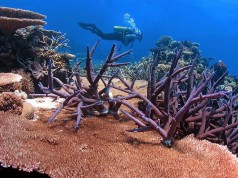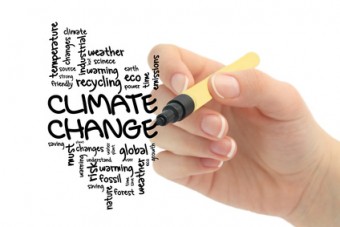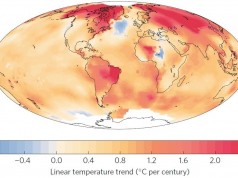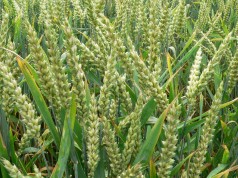 Washington – Scientists from the American Meteorological Society (AMS) and University of California, Berkeley, have demonstrated that plants and soils could release large amounts of carbon dioxide as global climate warms. This finding contrasts with the expectation that plants and soils will absorb carbon dioxide and is important because that additional carbon release from land surface could be a potent positive feedback that exacerbates climate warming.
Washington – Scientists from the American Meteorological Society (AMS) and University of California, Berkeley, have demonstrated that plants and soils could release large amounts of carbon dioxide as global climate warms. This finding contrasts with the expectation that plants and soils will absorb carbon dioxide and is important because that additional carbon release from land surface could be a potent positive feedback that exacerbates climate warming.
The study was published on November 13 in a Journal of Climate paper titled, “Carbon Cycle Uncertainty Increases Climate Change Risks and Mitigation Challenges”.
“We have been counting on plants and soils to soak up and store much of the carbon we’re releasing when we burn fossil fuels,” Paul Higgins, a study co-author and Associate Director of the AMS Policy Program, said. “However, our results suggest the opposite possibility. Plants and soils could react to warming by releasing additional carbon dioxide, increasing greenhouse gas concentrations and leading to even more climate warming.”
The research team used a computer model of Earth’s land surface to examine how carbon storage might react to a warmer planet with higher atmospheric carbon dioxide concentrations. The experimental design helps quantify the possible range in future terrestrial carbon storage.
Results indicated that the potential range of outcomes is vast and includes the possibility that plant and soil responses to human-caused warming could trigger a large additional release of carbon. If that outcome is realized, a given level of human emissions could result in much larger climate changes than scientists currently anticipate. It would also mean that greater reductions in greenhouse gas emissions could be required to ensure carbon dioxide concentrations remain at what might be considered safe levels for the climate system.
These findings could pose additional challenges for climate change risk management. Recognizing such challenges will afford decision makers a greater chance of managing the risks of climate change more effectively.
Dr. Higgins works on climate change and its causes, consequences, and potential solutions. His scientific research examines the two-way interaction between the atmosphere and the land-surface, which helps quantify responses and feedbacks to climate change. Dr. Higgins’s policy analysis helps characterize climate risks and identify potential solutions. He also works to inform policy makers, members of the media, and the general public about climate science and climate policy.
Dr. John Harte, the study’s other co-author, is a Professor of Energy and Resources and of Environmental Science, Policy and Management at University of California, Berkeley. His research interests include climate-ecosystem interactions, theoretical ecology and environmental policy.
Source: American Meteorological Society.


















